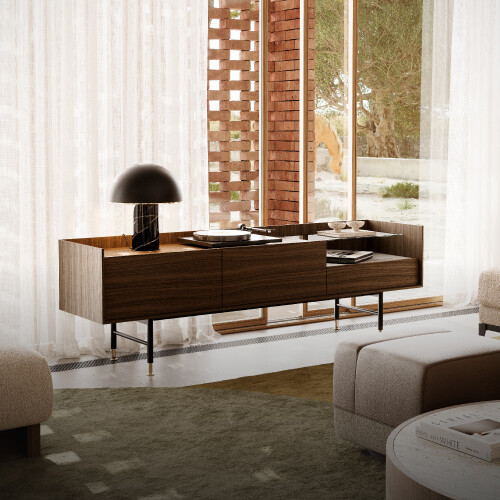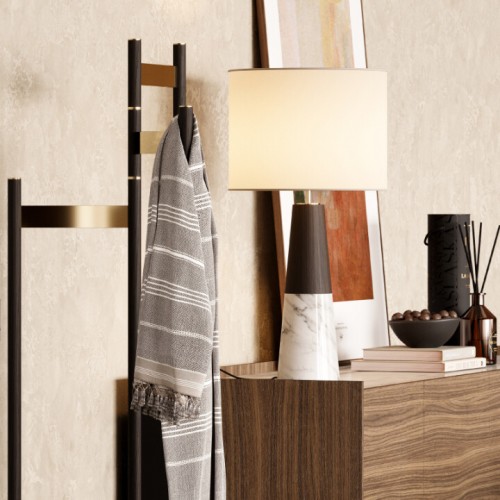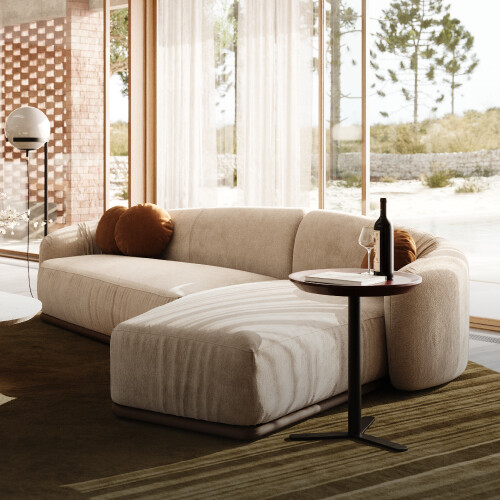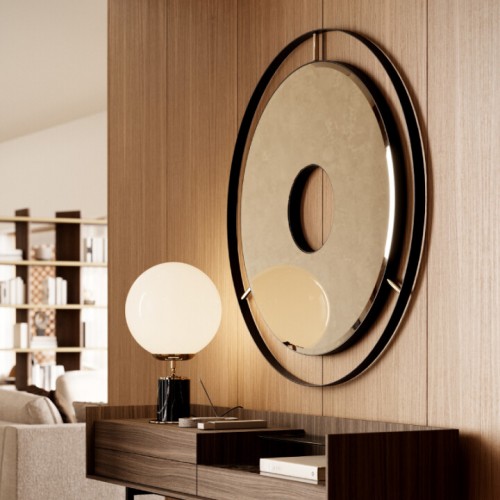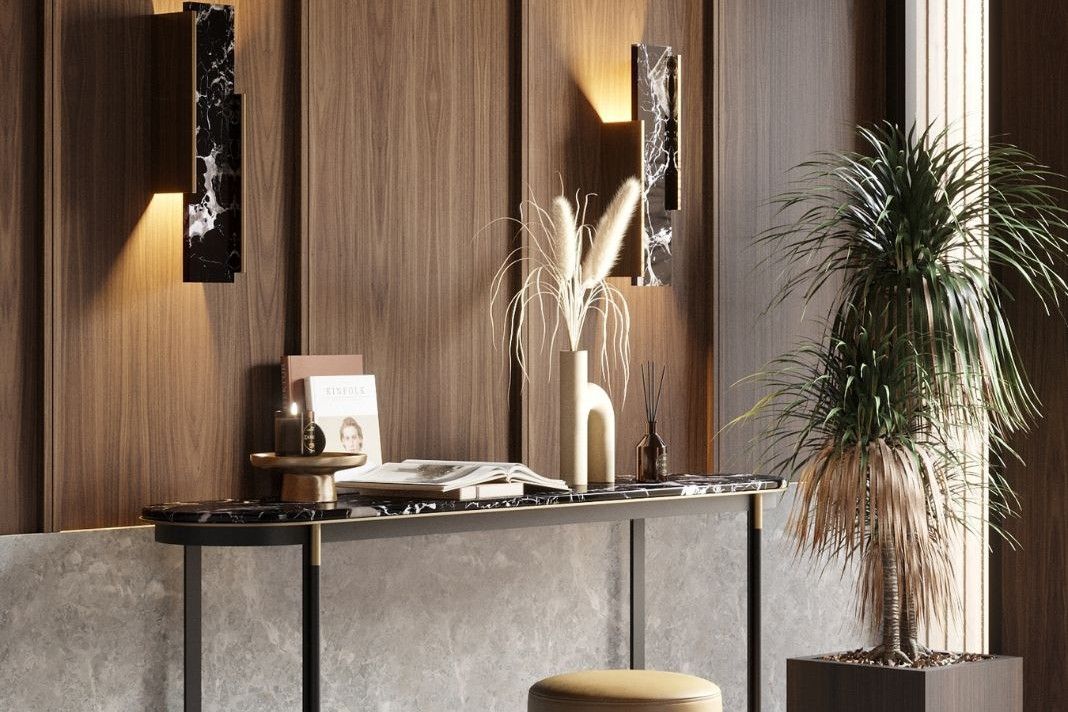Designing spaces that engage all five senses has the power to create immersive and unforgettable experiences for individuals. By integrating elements that stimulate sight, hearing, touch, smell, and taste, designers can elevate the ambience and impact of various environments. In this article, we will explore the principles and strategies behind multisensory design, examining how each sense can be harnessed to craft remarkable spaces.
In today's world, where competition for attention is fierce, creating spaces that captivate and engage people on a multisensory level is crucial. Traditional design principles often prioritize visual aesthetics, but by expanding our focus to encompass all five senses, we unlock the potential for a truly holistic experience.
UNDERSTANDING MULTISENSORY DESIGN
The Importance of Engaging All Five Senses
When we enter a space, our senses immediately begin processing information, shaping our perception and emotional response. By addressing each sense individually and collectively, we can enhance the overall experience, making it more memorable, impactful, and enjoyable.
How Our Senses Influence Our Perception
Our senses are deeply interconnected, and their combined input greatly affects how we perceive and interact with the world around us. By understanding these connections and leveraging them in design, we can create environments that evoke specific emotions and behaviours.
Incorporating Sight into Design
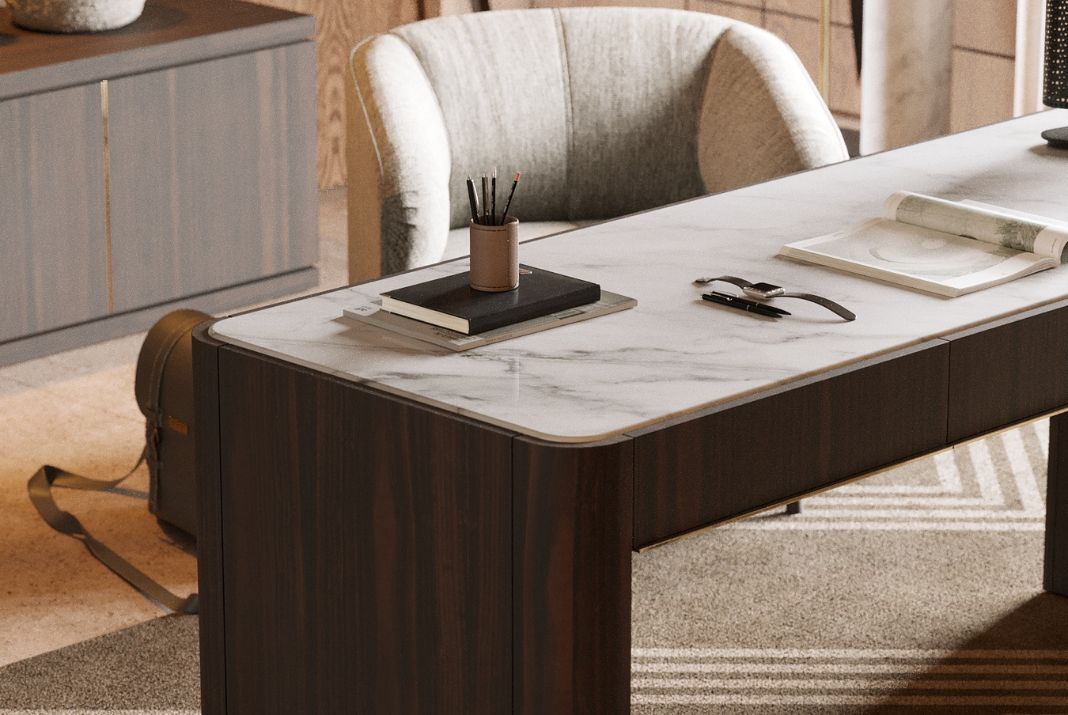
The Power of Visual Elements
Visual elements play a significant role in multisensory design. By carefully selecting colours, patterns, and lighting, designers can evoke various moods, highlight focal points, and guide the user's attention.
Using Colour, Light, and Patterns
Colour psychology and the strategic use of light and patterns can greatly influence the atmosphere of a space. Warm hues like red and orange can create a sense of energy and excitement, while cooler tones like blue and green can promote relaxation and tranquillity.
Lighting can be adjusted to accentuate certain areas or create dramatic lighting effects. Patterns can add visual interest and texture, further enhancing the sensory experience.
Enhancing the Sense of Hearing
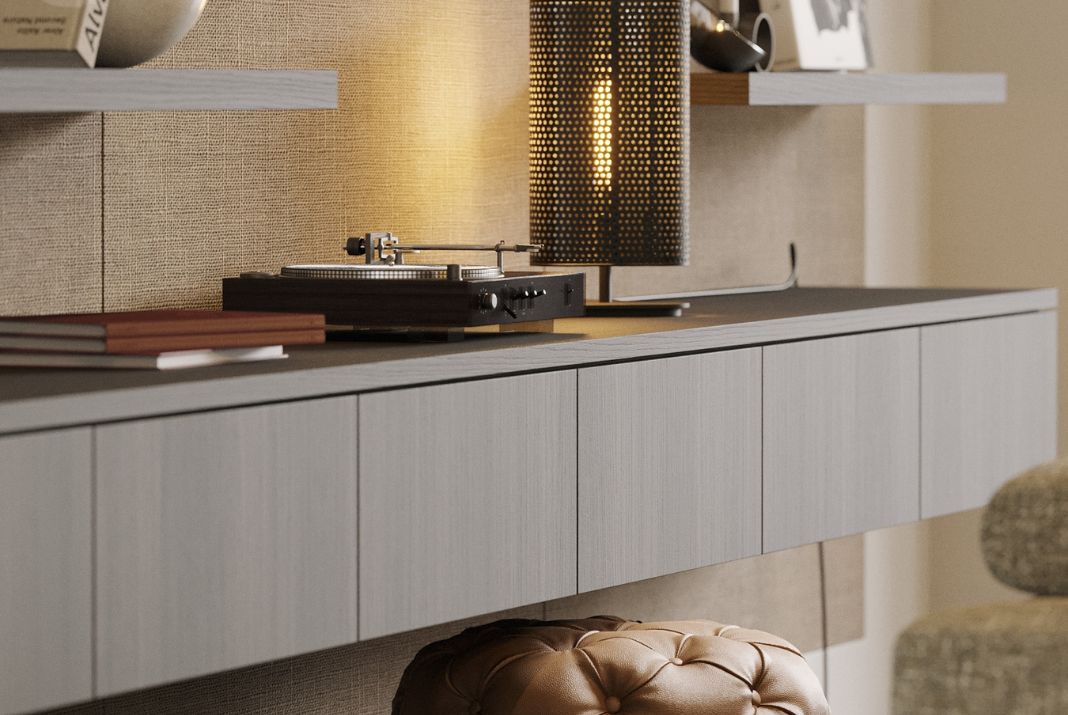
Sound has a profound impact on our emotions and perception of a space. By paying attention to acoustics and incorporating carefully selected sounds, designers can create environments that are pleasing to the ear.
Creating an Acoustically Pleasing Environment
Consideration should be given to the materials used in space to minimize echo and reverberation. By strategically placing sound-absorbing panels or using acoustic design elements, designers can ensure a balanced auditory experience.
Using Soundscapes and Background Music
Soundscapes and background music can greatly enhance the atmosphere of a space. Whether it's the gentle rustling of leaves in a park or soothing instrumental melodies in a spa, the right auditory elements can evoke specific emotions and create a cohesive multisensory experience.
Engaging the Sense of Touch
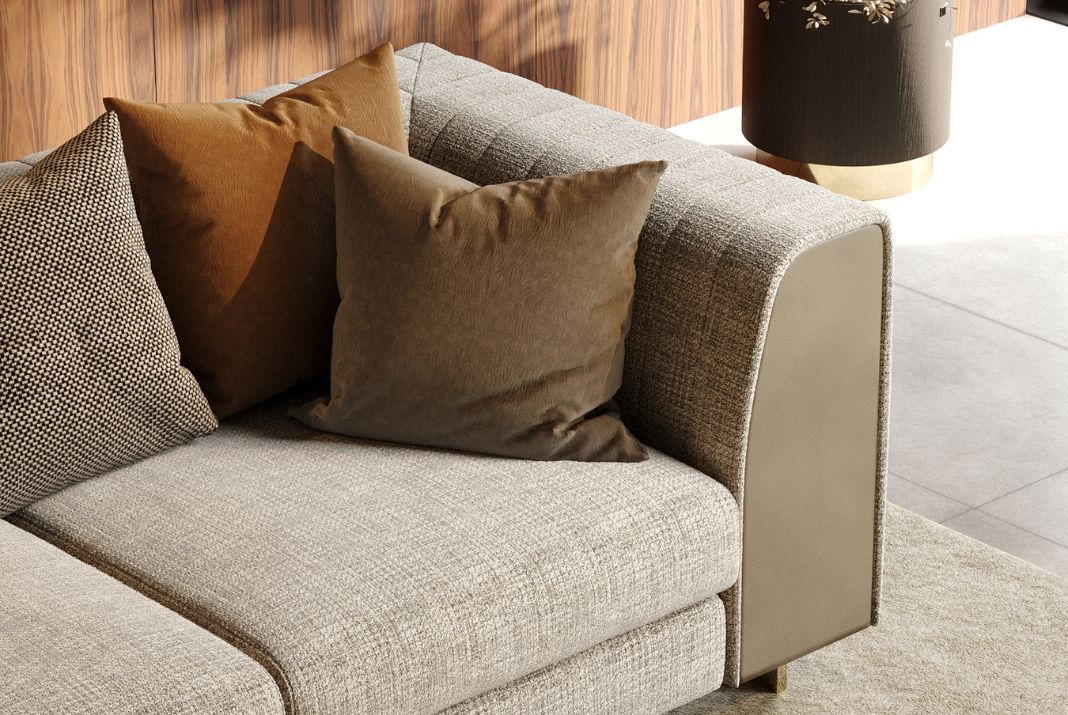
The sense of touch adds a tangible and interactive dimension to design. By incorporating textures, materials, and interactive elements, designers can create spaces that invite touch and provide a sensory connection.
Textures, Materials, and Surfaces
The choice of textures and materials can greatly influence the tactile experience. Smooth surfaces may convey a sense of elegance, while rough textures can evoke a natural or rustic feel. Incorporating a variety of materials, such as wood, metal, or fabric, adds depth and richness to the tactile experience.
Tactile Experiences and Interactive Design
Interactive elements encourage active engagement and further enhance the multisensory experience. Designers can incorporate touch-responsive displays, textured walls, or interactive installations that allow users to physically interact with the environment, promoting a deeper connection and sense of immersion.
Stimulating the Sense of Smell
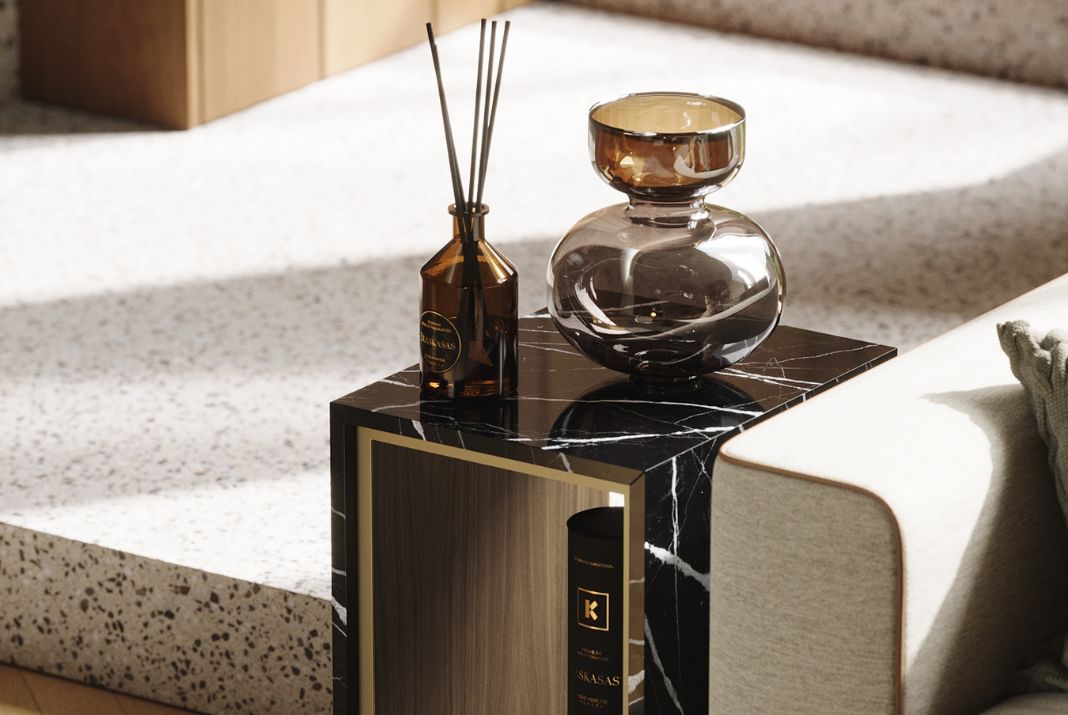
The sense of smell is closely tied to our emotions and memory. By incorporating fragrances and carefully curated scents, designers can create powerful associations and enhance the overall sensory experience.
Associating Scents with Experiences
Creating scent associations with specific experiences or locations can leave a lasting impression on visitors. For example, the smell of freshly brewed coffee in a café or the aroma of a pine forest in a wilderness-themed space can transport individuals and deepen their engagement with the environment.
Awakening the Sense of Taste
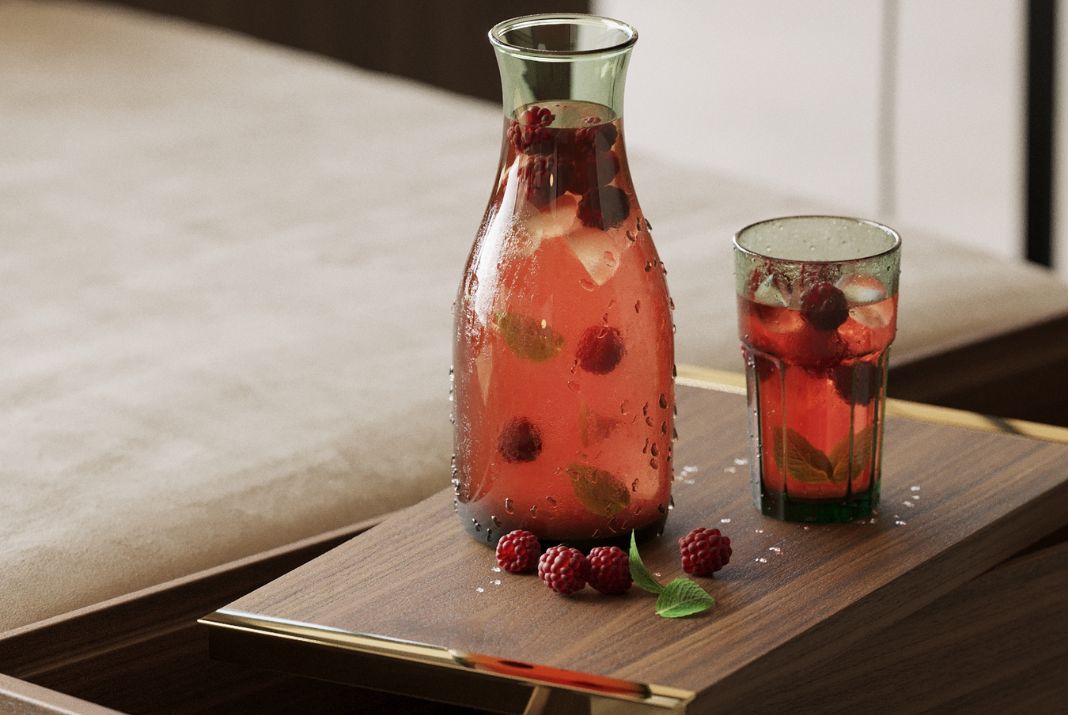
The sense of taste may seem less applicable to the design, but it can be effectively utilized to create memorable experiences, particularly in spaces like restaurants and culinary establishments.
Culinary Experiences in Design
Restaurants and food-related spaces can incorporate culinary elements into their design to engage the sense of taste. This can include open kitchens where guests can observe the food preparation process or incorporate unique dining concepts that involve interactive tasting experiences.
Incorporating Edible Elements
Designers can go beyond visual aesthetics and incorporate edible elements directly into the environment. From edible installations or sculptures to edible plants and herbs in a garden space, these elements allow visitors to engage their sense of taste and further enhance the overall multisensory experience.
Harmonizing the Senses
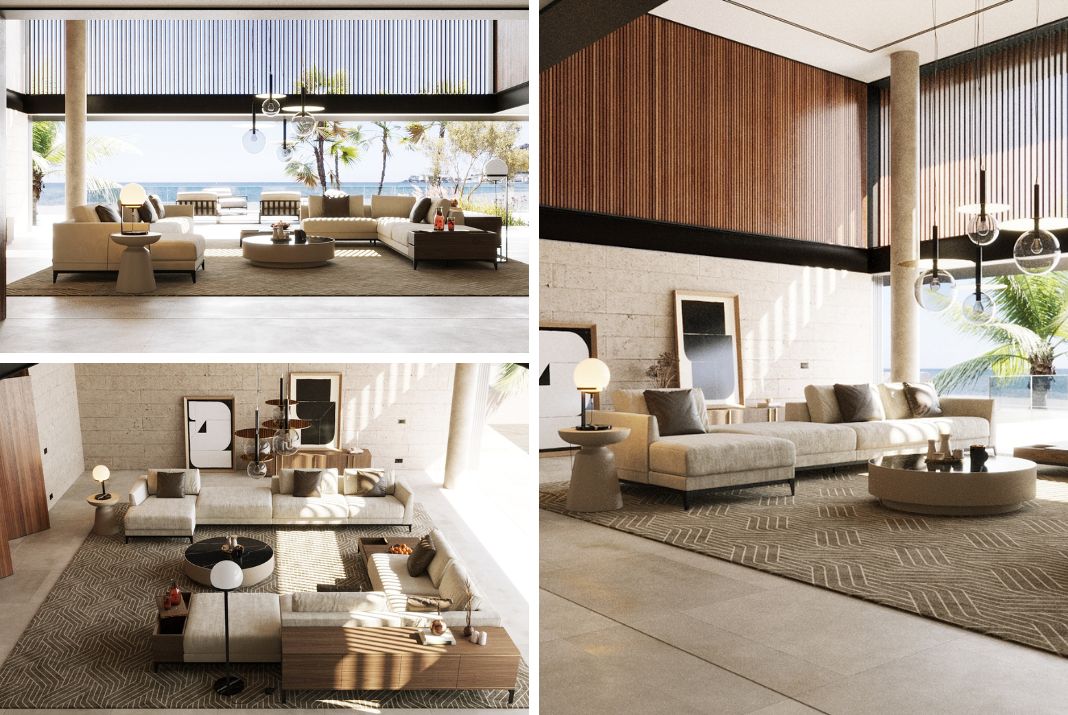
Successful multisensory design involves harmonizing and balancing the various sensory elements to create a cohesive and immersive experience.
Balancing and Integrating Multisensory Elements
Designers should ensure that no single sense dominates the experience, but rather, all senses work together in harmony. The sensory elements should complement each other and contribute to a unified and meaningful narrative.
Creating Cohesive Experiences
From the colour palette to the choice of materials and soundscape, every design decision should align with the desired experience and message. Cohesion creates a seamless and immersive journey for the users, where each sensory element contributes to the overall narrative and atmosphere.
Case Studies: Successful Multisensory Design Examples
To further illustrate the impact of multisensory design, let's explore a few real-world examples where spaces have been designed to engage all five senses.
Restaurants and Dining Experiences
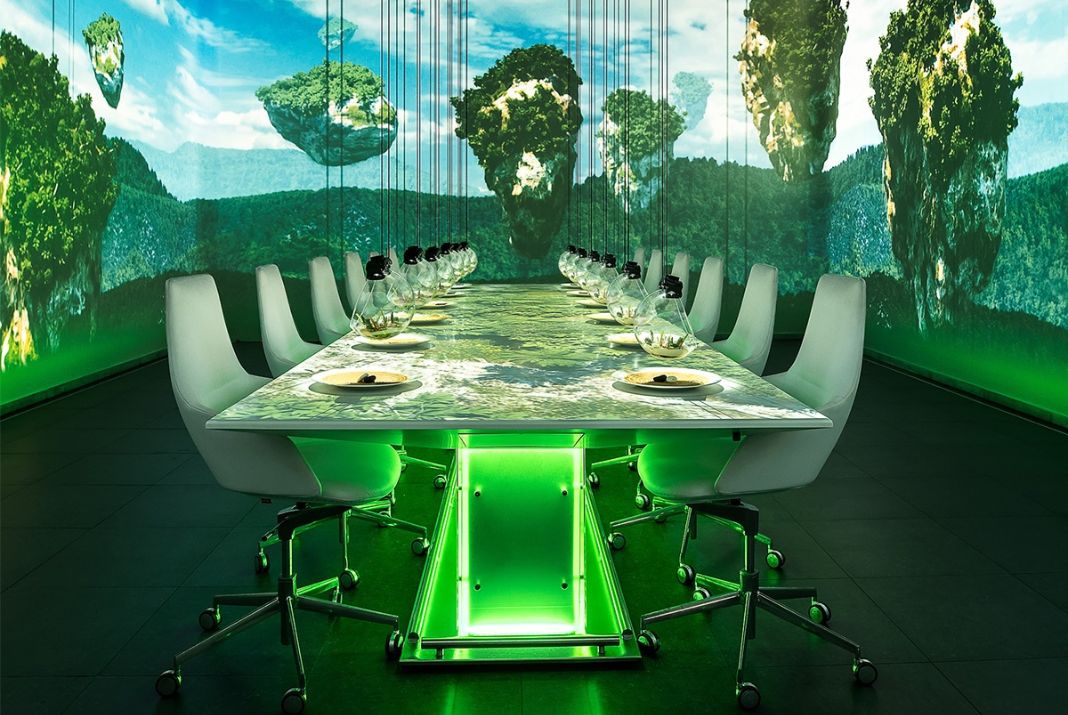
(Sublimotion Ibiza)
Innovative restaurants have embraced multisensory design to create unforgettable dining experiences. From carefully curated lighting that sets the mood to the aroma of sizzling dishes, every aspect is meticulously crafted. Some establishments even incorporate projection mapping to transform the dining environment visually, taking guests on a journey that transcends taste alone.
Retail Stores and Shopping Environments
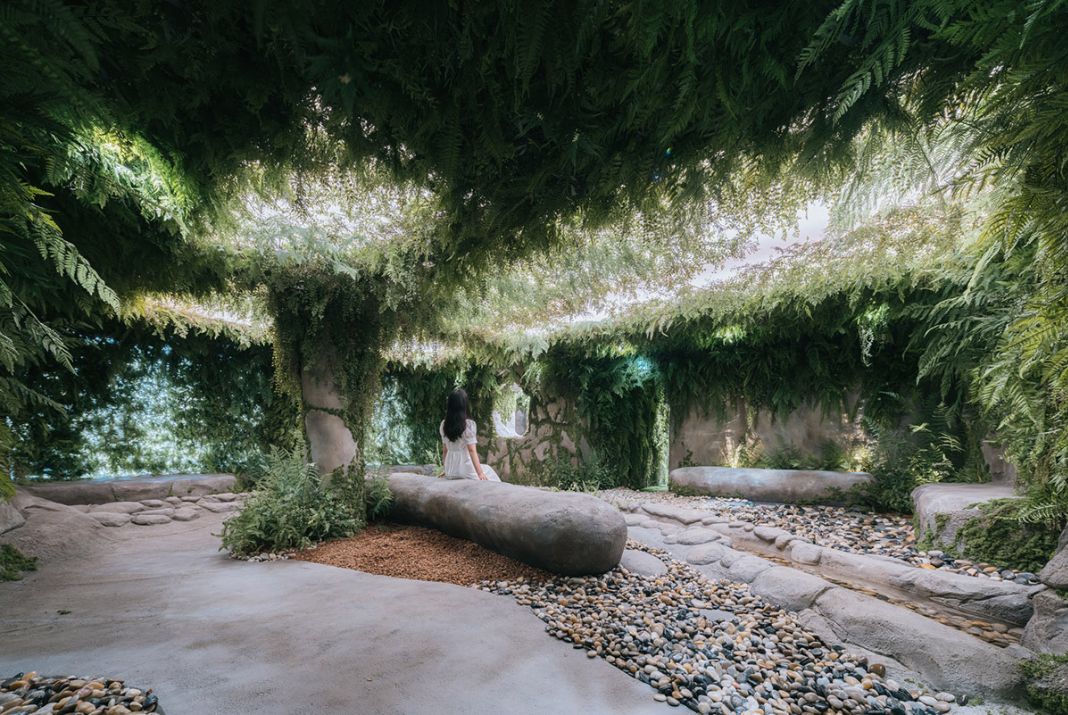
( None Space)
Forward-thinking retailers understand the power of multisensory design in creating a memorable shopping experience. They utilize a combination of visual merchandising, soothing background music, and even the tactile experience of touching fabrics or trying out products. By engaging multiple senses, these stores foster emotional connections with customers, leading to increased satisfaction and loyalty.
Museums and Art Installations
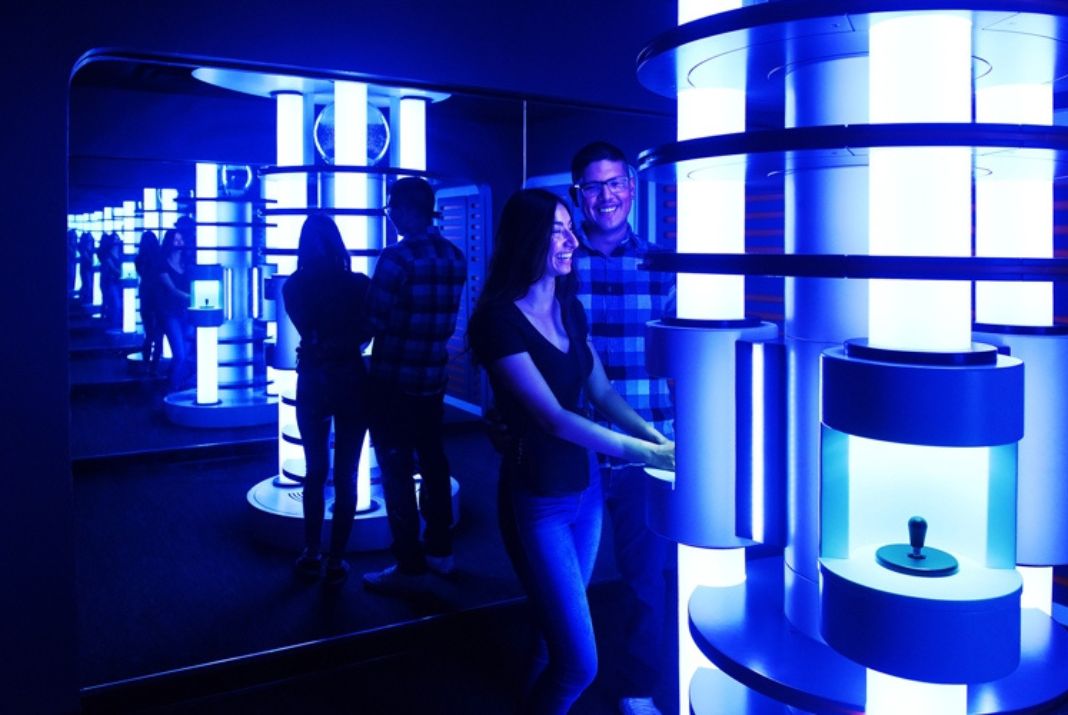
(Denver Museum of Nature & Science)
Museums and art installations have long recognized the importance of multisensory design in enhancing visitor engagement. They utilize lighting techniques to highlight exhibits, incorporate interactive displays that encourage touch and exploration, and even introduce scent elements to evoke specific historical periods or environments. By creating immersive sensory experiences, museums captivate and educate visitors in unique ways.
Designing for multisensory experiences is a powerful approach that allows designers to create spaces that engage all five senses and leave a lasting impact on individuals. By considering the visual, auditory, tactile, olfactory, and gustatory elements, designers can craft environments that evoke emotions, foster connections, and provide unforgettable experiences.
Incorporating elements such as captivating visuals, harmonious sounds, tactile materials, captivating scents, and even culinary delights can elevate the overall design and create a truly immersive journey for users. By balancing and integrating these sensory elements, designers can create spaces that stimulate, engage, and leave a lasting impression.
